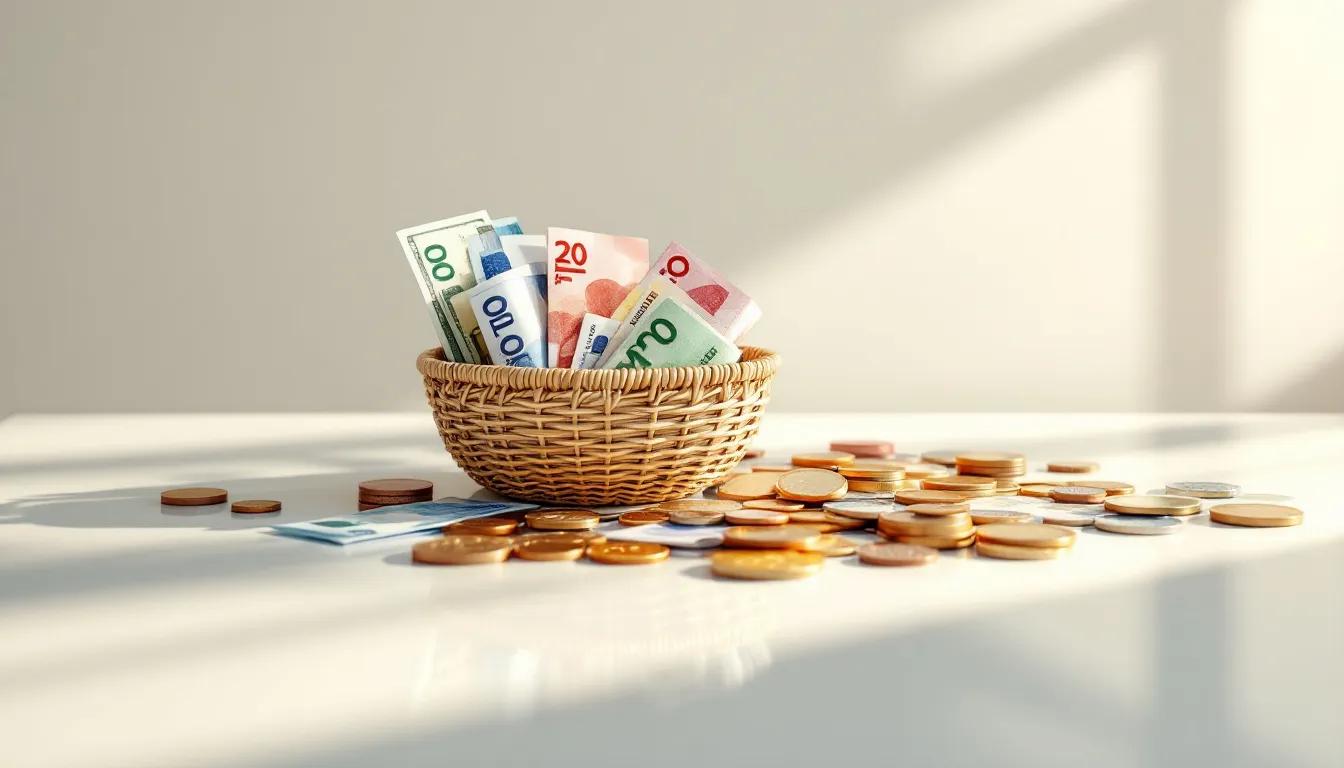5-minute read
Gold has been sought after for thousands of years; originally as jewellery, as a sign of wealth, and as a means of exchange, and latterly gold has been desired for its industrial uses as it is highly conductive (of electricity) and is extremely malleable.
Today, gold trading is big business as investors seek diversification of their portfolios, a hedge against inflation, and for protection at times of uncertainty.
In this article, we'll briefly look at gold as an asset class and see how it interacts with the US dollar.
My Precious...
They really loved that ring, didn't they?

Demand for gold doesn't look like drying up any time soon: I mean it's been around for billions of years and we've been obsessed with the stuff ever since its discovery around 4,000 years or so ago.
But what drives demand today?
- Jewellery demand
- Reserves
- Industry (manufacturing, electronics, automotive)
- Investment (speculation, inflation hedge, diversification)
Outside of jewellery and carriage clocks, an interesting source of demand for gold is from Central Banks. They all have reserves to maintain the money supply in their countries, and they like those reserves to be diversified, so naturally, they hold a huge amount of gold. The United States holds by far the most at a little over 8 thousand tonnes!
Russia has been a big buyer of gold over the past decade. The below chart shows the change in Russia's foreign exchange reserves (blue line) and gold reserves (black line). Gold has universal intrinsic value, so if a country's currency devalues or is sanctioned, it will still have access to some avenues of liquidity and trade!

And remember when Gordon Brown, then Chancellor of the Exchequer sold loads of Britain's gold reserves? He did it because he thought gold wasn't likely to be used as a safe haven asset in the future. By selling 401 tonnes of gold at an average price of $275 per ounce, at today's gold price the effective loss is $21.2 billion!
The Gold Standard
In basic terms, the gold standard was a monetary system in which units of a currency were directly linked to gold. This was supposed to provide price stabilisation, fixed foreign exchange rates, and prevent hyperinflation. But, the system was eventually abandoned in 1971 when US President Nixon ended the international convertibility of the dollar to gold – calling time on the famous Bretton Woods system.
What moves the price of gold?
As a traded commodity, clearly, the price of gold will respond to the level of supply versus buying interest. Let's look at the main drivers of price:
- Gold mining/production
- Demand for jewellery
- Central bank holdings
- The value of the US dollar
- Market volatility and sentiment
- Macroeconomic environment
- Political instability
During times of political instability, negative market sentiment, and higher volatility, it follows that demand for gold will rise as investors seek safety.
But what does the value of the US dollar have to do with it?
Like nearly all commodities, gold is priced in dollars, so there is a natural link. A weaker dollar means it has less buying power, so the price of gold rises – the opposite is true in the case of a stronger dollar.
It's not immediately obvious by the line chart below, so I've added a correlation indicator which shows us that the price of gold is nearly always highly negatively correlated to the dollar. In this instance, I've plotted the ICE US dollar Index (DXY), which isn't perfect, but it gets the job done.
Gold appreciated enormously after the 2008 financial crisis, and will tend to perform well in a downturn. Of course, there are many factors that drive the price of the dollar, so the rule isn't hard and fast, but it's worth understanding the dynamics for long-term investments and understanding the markets.

Are you looking for a safe investment?
At Oku Markets, we provide our business and private clients with a safe, secure, and trusted trading and payments service.
We're proud to work transparently with our clients, and we work hard to break the asymmetry of knowledge and information in the FX market.
- Client funds are held in segregated accounts
- Our services are fully FCA-regulated
- 90% of businesses would reduce their trading costs by switching
You can contact us for a review of your currency processes and for our guidance and suggestions at info@okumarkets.com or 0203 838 0250.
Thanks for reading 👋

